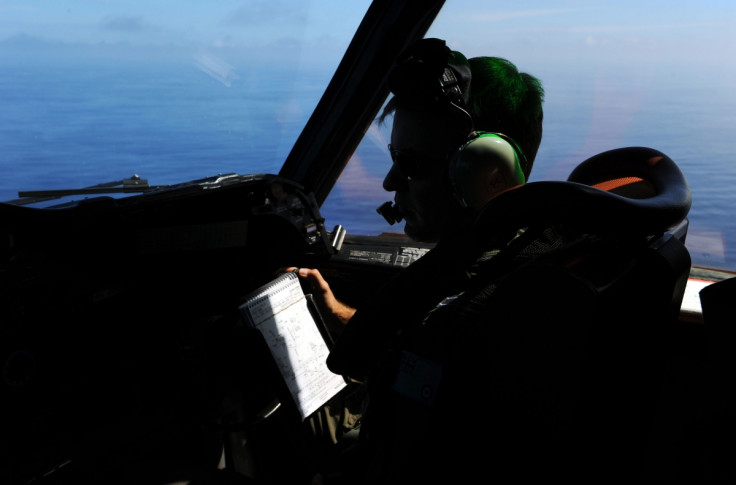Malaysia Airlines MH370: the Toughest Search Ever Undertaken?

As the search to locate missing Malaysia Airlines Flight MH370 intensifies and families of the missing passengers arrive in Malaysia from China to confront officials, experts warn that finding the plane could prove one of the toughest tasks in aviation history.
Even if the latest data is correct and the plane's crash-point is in the area now being searched, 1,000 miles west of the Australian city of Perth, the scale of the task is enormous – and rescuers are running out of time to locate the aircraft's vital black box, which has an estimated battery life of 30 days. The plane disappeared from radar on 8 March. Ten planes and eight ships are now scouring the search zone.
Previously an area further south in the Indian Ocean was being searched but on discovering the plane had been flying faster than first thought, its crash site has been narrowed to an area of 319,000 square kilometres. By comparison, the land area of the UK is 242,900 square kilometres.
A black box detector is being sent to the search area. However, a British oceanographer warms that even if the plane is in this zone, locating the black box could be far harder than retrieving the one from the Air France plane which crashed in the Atlantic in 2009.
David Ferreira of Reading University says the underwater terrain in that part of the Indian Ocean is far more challenging than the Atlantic: "The southern part of the new search includes a big cliff with a 6,000-metre-deep trench — a drop about twice that of the Grand Canyon — followed by abyssal flats at 4,000-5,000 metres.
"Given the strength, speed and chaotic nature of the ocean currents, debris from a crashed plane that has not immediately sunk to the ocean floor could be strewn over a very wide area."
Another issue is the sheer remoteness of the location. Planes have to fly from Perth and only have a couple of hours before returning or risk running low on fuel. The search zone has some of the world's harshest weather, creating "white caps" which can be mistaken for debris, and strong currents which could disperse debris for hundreds of miles. Flying at low levels in such conditions also generates turbulence.
False alarms – where debris is found not to be linked to Flight MH370 - have also occurred with frustrating regularity; but the world's oceans contain gigantic amounts of human junk. One "plastic soup" of waste in the Pacific known as the "Great Pacific Garbage Patch" has been estimated at containing 100 million tonnes of flotsam – covering an area twice the size of the USA.
© Copyright IBTimes 2025. All rights reserved.






















